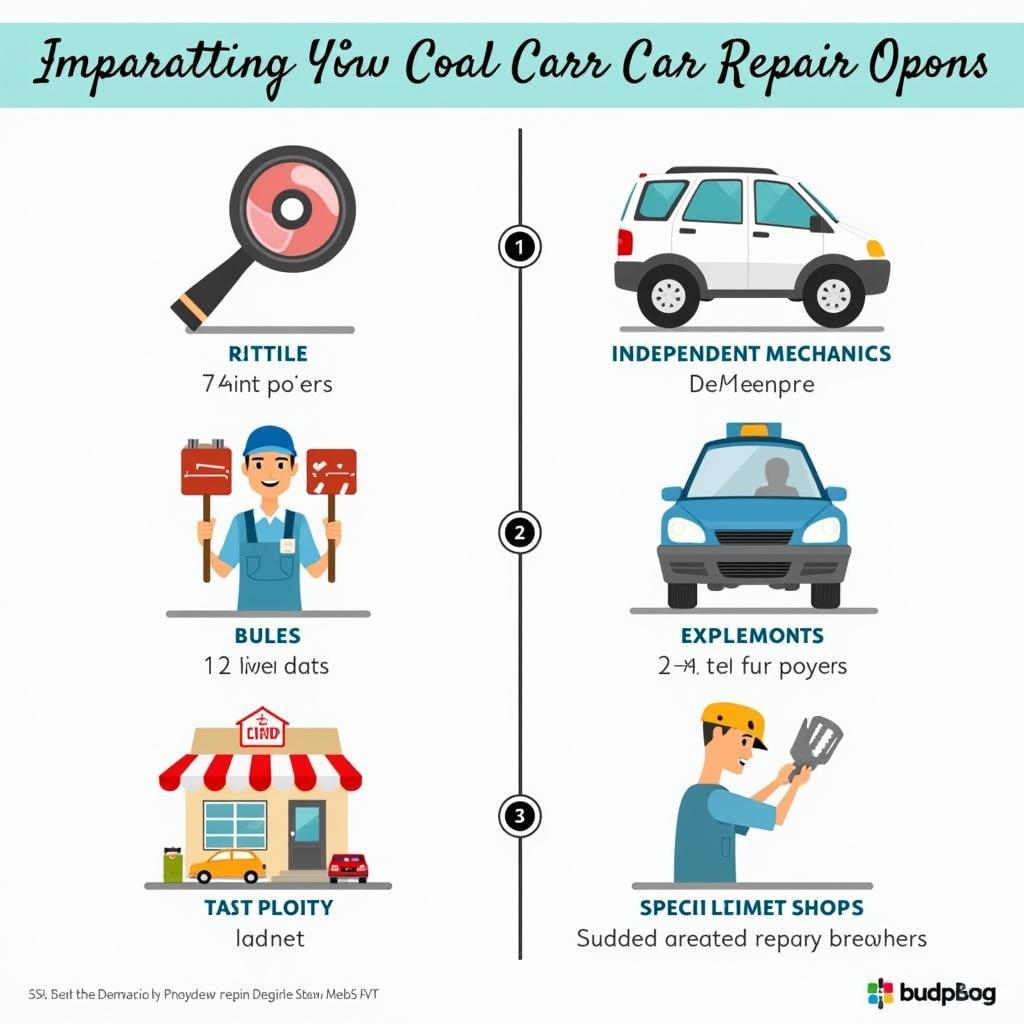The ABS light glaring at you from your dashboard can be unsettling. Understanding how to fix the ABS light in your car involves a systematic approach to diagnose and address the underlying issue. This article will guide you through the process, from simple checks to more complex solutions.
One common and easy fix is to check your fuse box. Sometimes, a blown fuse can be the culprit. If you find a blown fuse related to the ABS system, replacing it might just do the trick. Want to learn more about your car’s fusebox? Check out our helpful guide on fix fusebox car.
Understanding Your Car’s ABS System
The Anti-lock Braking System (ABS) is a crucial safety feature that prevents wheel lockup during hard braking, allowing you to maintain steering control. It uses sensors at each wheel to monitor speed and a central computer to regulate brake pressure. When the ABS light illuminates, it signifies a problem within this system.
Common Reasons for the ABS Light
Several factors can trigger the ABS warning light. These include:
- Low Brake Fluid: Insufficient brake fluid can hinder proper ABS function.
- Faulty ABS Wheel Speed Sensor: A malfunctioning sensor can send incorrect data to the ABS control module.
- Damaged ABS Module: The control module itself can fail, requiring replacement or repair.
- Worn Brake Pads: Excessively worn brake pads can affect brake performance and trigger the ABS light.
- Blown ABS Fuse: A blown fuse can interrupt power to the ABS system.
Sometimes, other seemingly unrelated issues can also cause problems. For example, a foggy windshield can limit visibility, increasing the likelihood of hard braking and revealing underlying ABS issues. Check out our guide on foggy car window fix for more info.
Diagnosing the ABS Light: A Step-by-Step Guide
- Check the Brake Fluid Level: Ensure the brake fluid reservoir is full. Low brake fluid is a common cause of ABS issues.
- Inspect the ABS Fuse: Locate the ABS fuse in your car’s fuse box and check for any signs of damage. Replace if necessary.
- Scan for Diagnostic Trouble Codes (DTCs): An OBD-II scanner can retrieve specific error codes related to the ABS system, pinpointing the problem area.
- Check the ABS Wheel Speed Sensors: Inspect the sensors for any visible damage or debris. A multimeter can be used to test their electrical resistance.
- Inspect the Wiring Harness: Check the wiring harness connecting the ABS components for any breaks or corrosion.
“A visual inspection of the ABS wiring harness is crucial. Often, a damaged wire is the root of the problem,” advises John Miller, Senior Automotive Electrical Engineer at Miller Automotive Solutions.
Fixing the ABS Light: Solutions and Considerations
The fix for your ABS light depends on the diagnosed problem. Simple solutions like topping up brake fluid or replacing a fuse can be done easily. However, more complex issues like a faulty ABS module might require professional attention.
If your car has suffered flood damage, the ABS system might be compromised. For guidance on this matter, read our article: is it worth fixing a flooded car.
“Don’t ignore the ABS light. A functioning ABS system is vital for your safety,” warns Sarah Johnson, Certified Automotive Technician at Johnson Auto Repair. “Addressing the issue promptly can prevent potential hazards on the road.” Blurry car mirrors can also create dangerous driving situations. Learn how to address this issue in our guide: blur car mirror fix.
If you have a dent on your car hood, you might be wondering how to fix it. Visit our helpful guide: how to fix a dent in my car hood.
Conclusion
Understanding How Do I Fix The Abs Light In My Car involves a combination of careful diagnosis and appropriate action. While simple fixes can be handled independently, more complex issues often necessitate professional help. Don’t postpone addressing the ABS light, as a functional ABS is paramount for your safety on the road. Need help with your ABS light? Contact AutoTipPro at +1 (641) 206-8880 or visit our office at 500 N St Mary’s St, San Antonio, TX 78205, United States.





Leave a Reply